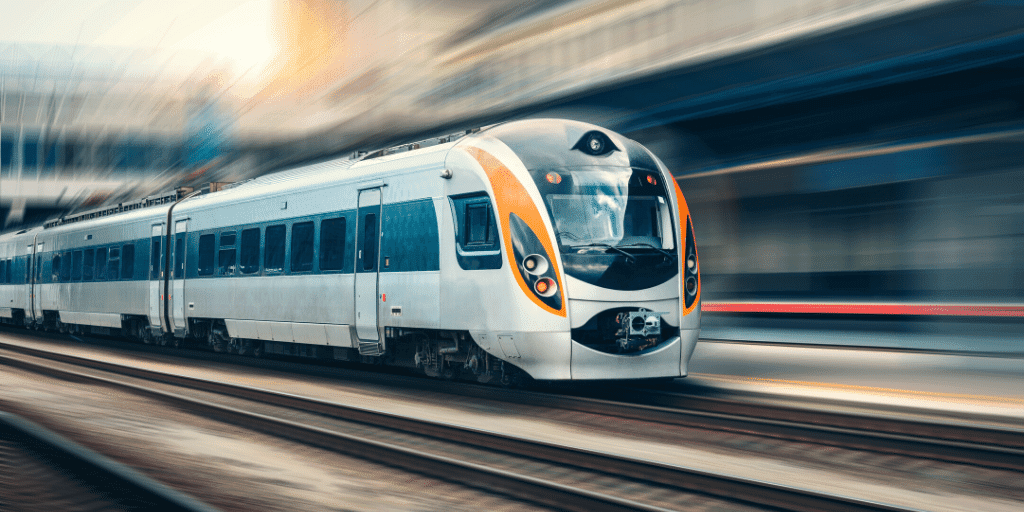
Digitization in the railway sector: towards the connected train
The world’s first railway line was inaugurate on April 15 1830 in England, between the cities of Liverpool and Manchester. On that first trip, the locomotive had a top speed of 10 miles per hour. Thus began one of the most important revolutions in history.
The new frontier now lies in the technological revolution that is materializing in the digital transformation of all sectors, and rail transport is no stranger to this process.
Although the digital transformation of the sector can be approached from multiple perspectives, from a more industrial point of view the challenge is to maximize the time trains are in operation, i.e., their availability, by reducing the number and duration of unplanned stops, which results in the service and product quality perceived by its customers and train users.
The new technological tools now make it possible to know in real time the behavior of all the systems equipping the trains of the entire fleet in operation. Unlike 200 years ago, today trains run at speeds of hundreds of mph.
These technologies capture in real time tens of thousands of data that determine the behavior of train systems. Most importantly, we are able to analyze them for descriptive analysis, generating alarms for immediate action and for prediction.
In this way, train manufacturers or railway operators can know the condition and operation of their trains and anticipate possible failures, thus increasing the availability of their units, while minimizing their maintenance costs.
Of course, to carry out this process it is necessary to have a control center with permanent connectivity to the train fleet that receives all the information on the operation. A center with the capacity to apply data analysis to obtain valuable information on the behavior of each of the units and the fleet as a whole.
To achieve this, these projects combine communication and cyber security technologies (4G, 5G, WIFI connectivity, data transmission, IT/OT – E2E convergent security, logical security of equipment and communication channels) with edge computing technologies and IoT cloud platforms.
The list of benefits obtained by incorporating the digital perspective into train operation is extensive. We are talking about minimizing unplanned stops due to breakdowns, improving the planning of maintenance and repair stops, reducing the time of repair and inspection, or the continuous improvement in the life cycle of the product (train).
Technology is a fundamental aspect for driving the digital transformation of a sector such as the railway sector, but it is not enough on its own. It is a tool. What is substantial is to identify how processes can be transformed, how efficiency can be increased…
Therefore, developing the potential of a digital transformation project requires working together with the client to understand the particularities of their business, identify opportunities for improvement and their scope. From there, companies like Ikusi make available to the success of the project our engineering capabilities in the sector to design a comprehensive turnkey solution that relies on multiple technologies to respond to each challenge.
For more information about our services visit https://www.ikusi.digital/


